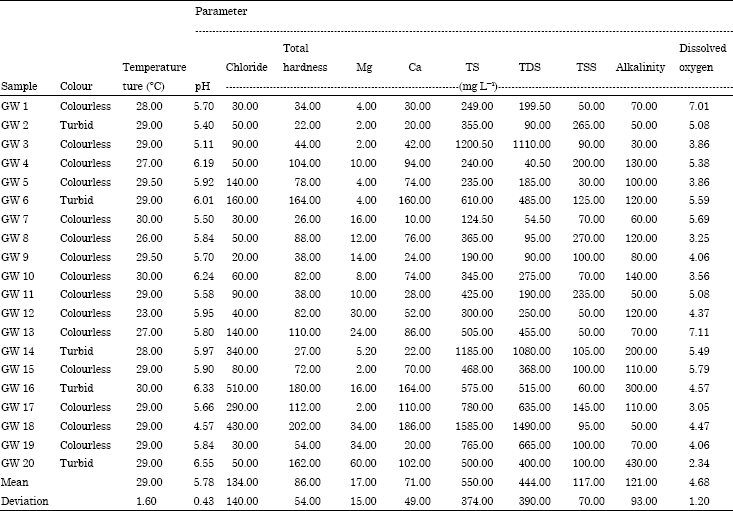Research Article
Preliminary Study of the Impact of Poor Waste Management on the Physicochemical Properties of Ground Water in some Areas of Ibadan
National Centre for Energy Research and Development (Ncerd), University of Nigeria Nsukka, Enugu State, Nigeria
P.C. Onianwa
Department of Pure and Industrial Chemistry, University of Ibadan, Oyo State, Nigeria










